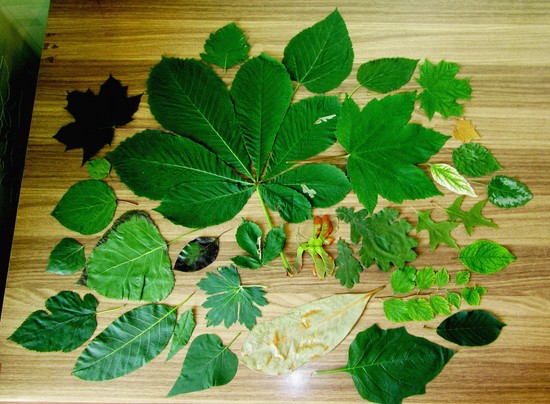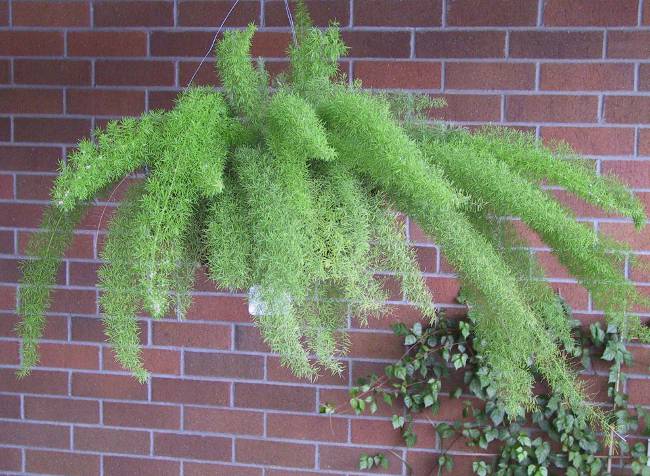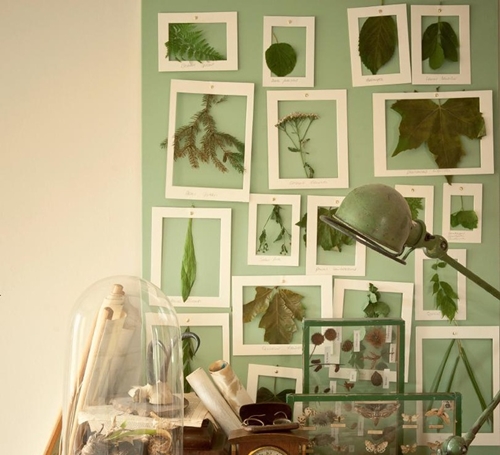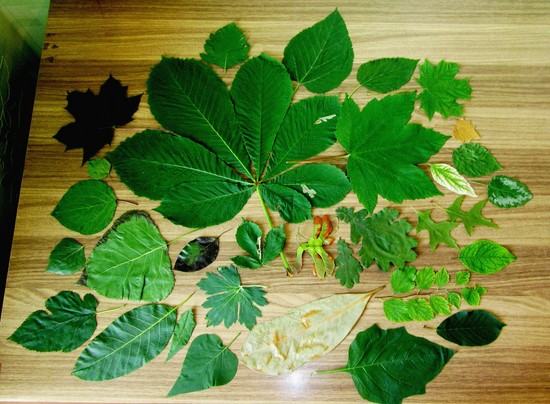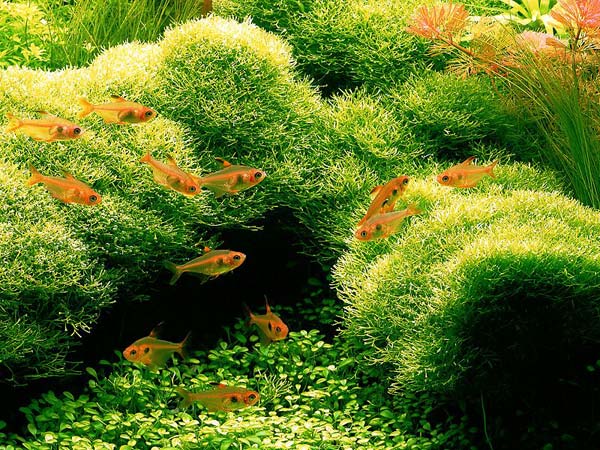Plants for Herbarium
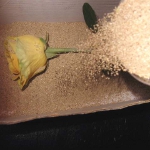
Greetings, young botanists. Are you interested in how to collect herbarium plants and what types of herbs should I use? You will learn a lot of useful information from the article. Also you need to find out about what this herbarium is.
As you may have guessed, the herbarium is a collection of dried plants that are collected with love and inspiration. Plants can be dried both in a flat and a volumetric form. What does this mean? Some plants can be dried under the press, and the rest will rest on the surface to remain in its original form. For these two types of drying, different plants are needed, which will now be discussed.
Herbarium can be a regular collection orteaching aid. It can also become a preparation for a variety of crafts made of natural materials. You can collect such unique plants that they will then be asked for an exhibition or for example to school. Keep in your collection is not worth those plants, the fruits of which are large and juicy. Such fruits are not suitable, because they can not be stored for a long time and will soon deteriorate. If the fruits of the plant are very dry, for example, small berries or various seeds, they are perfect for long-term drying. It can be chokeberry or maple seeds.
Very good and quality option for drying Are the leaves of oak, aspen, maple. These leaves have a dense structure, they will not separate and crumble. Stems, spikelets and small seeds are also excellent plants for the herbarium.
Special attention should be given to flowers. If the petals are not very dense, then in the driedthey will become more transparent. If the petals are very dense and sinewy, they will retain more colors, while their structure will not be damaged.
Now about the most basic: what plants for the herbarium need to collect, and which ones to leave alone. Collect fully developed specimens, without damage. Plants should be completely blossomed, with fruits (if there is such an opportunity). For trees and shrubs, you need to cut off twigs together with leaves so that you can analyze not only the structure of the leaf, but also its position on the branch. Coniferous plants have cones, so they also need to be collected. Dioecious plants must necessarily be provided as a male and female specimen. Monoecious - with staminate and pistillate flowers. If the plant is very large and does not fit on the herbarium leaf, then it is necessary to take only those parts on which it is very easy to identify the plant species.
There is another kind of drying - drying in the sand. For this kind of drying, not allplants, but only some flowers and herbs. Most often this way dried large flowers, inflorescences, shoots, branches with fruits and small plants, for example, sundew.
Some plants can be dried on a cotton mattress. In this way, you can dry plants from the family of orchids, as well as some willow. The coloring of bells and cornflowers is better preserved if we use drying with cotton buds.
When drying, any plant loses itsnatural color. The strongest is lost red and blue, and the yellow color remains unchanged for a long time. With long-term storage, the color of leaves and stems can change: the green color becomes dark brown. Plants for herbarium can be saved with watercolors. You can restore only the green color, because the petals are very difficult to paint. It is necessary to choose the appropriate shade of the stem and apply a thin brush. If the paint falls unevenly on the leaf, then the clean surface of the sheet should be covered with gelatin solution.

